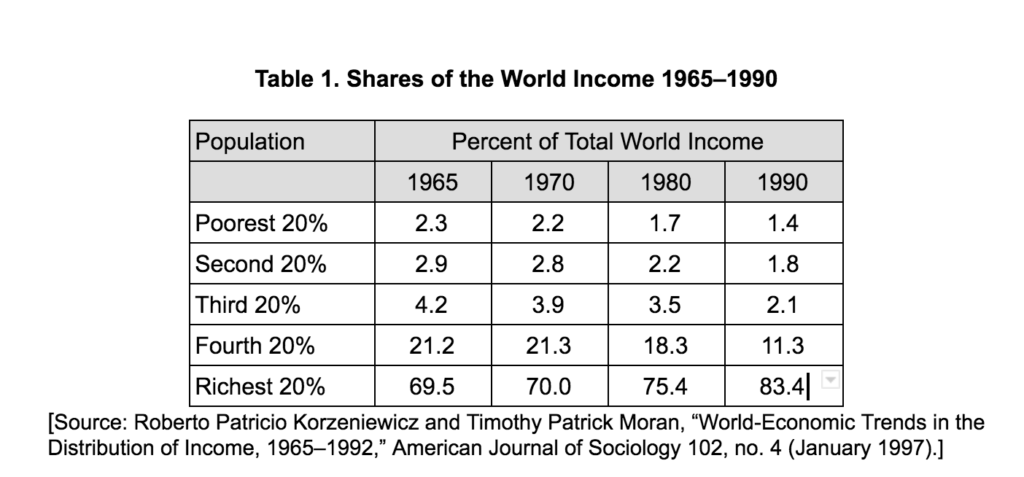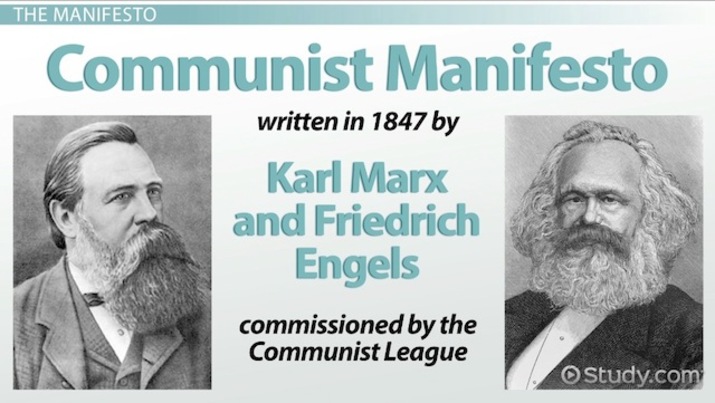Harry Magdoff
Probably the passage in the Communist Manifesto most frequently cited these days is a portrayal of the global spread of capitalism:
“All old-established national industries have been destroyed or are being destroyed. They are dislodged by new industries, whose introduction becomes a life and death question for all nations, by industries that no longer work up indigenous raw material, but raw material drawn from the remotest zones; industries whose products are consumed not only at home, but in every quarter of the globe. In place of the old wants, satisfied by the productions of the country, we find new wants, requiring for their satisfaction the products of distant lands. We have universal interdependence of nations.… All nations, on pain of extinction, [are compelled] to adopt the bourgeois mode of production; it compels them to introduce what it calls civilization into their midst, i.e., to become bourgeois themselves. In a word, it creates a world after its own image.”
Certainly, the history of the past half-century has more than confirmed that the trend described 150 years ago is still in operation. There is, however, an integral feature of the capitalist penetration just described that is missing from the Manifesto. While capitalism by its very nature lives by accumulation and geographic expansion, it does so in a most unequal fashion. Even though nothing in economics follows strict mathematical rules, there are notable tendencies that are produced by the inner springs of capitalism. An outstanding example of such a tendency is found in the distinct and marked widening of the gap between a handful of rich nations and the rest of the world. The accelerating globalization of our times demonstrates this polarization in no uncertain terms.
A recent study of the income distribution of the world from 1965 to 1990, summarized in the accompanying table, shows that in our day 20 percent of the world’s population lives in countries that produce and benefit from over 83 percent of the world’s output of goods and services (the share of the top 10 percent of world population came to 56 percent) while the share of global output of the poorest 20 percent of the world’s people is 1.4 percent. Now look at the difference in the trends in income distribution between the 20 percent in the richest countries and the rest of the world. The share of the world’s income in each one of the four lowest (income) groups of countries declined steadily from 1965 to 1990. On the other hand, the share of the richest 20 percent steadily increased from about 70 to over 83 percent. All this took place when, for most of the period, the rich countries were in a stage of stagnation and when evermore capital was flowing from the rich into the poor countries, presumably to develop new industries and develop financial and other services. (An examination of similar data available in World Bank reports for later years indicates that the polarization continued in full force during the 1990s.)

Thus, at the end of centuries of capitalist expansion, here is how things stand: 60 percent of the world’s population has 5.3 percent of the world output and income, while more than 83 percent (see last column of table) is in the hands of the richest 20 percent.
Relevant to this commentary is another oft-cited sentence from the Manifesto: “The bourgeoisie, during its rule of scarce one hundred years, has created more massive and more colossal productive forces than have all preceding generations together.” As with so much more in the Manifesto, this point can be made with even more emphasis 150 years later. And yet once again we need to recognize how incredibly uneven is the distribution of the productive forces from region to region. On the one hand, the miracles of electronics; on the other hand, according to the latest United Nations Human Development Report, over a billion people do not have access to safe water. The list of absent productive and collateral forces needed to meet the basic needs of 80 percent of the world’s people is a long and miserable one.
There is much talk these days in radical circles about the need for a socialist vision. Too often that vision is strongly influenced by the material achievements of the rich capitalist nations and the living standards of the advantaged sectors. However, in view of the way capitalism has spread throughout the world as well as in the most advanced nations of the world, it is essential that the vision of socialism focus on a social transformation that will put first and foremost: the empowerment and meeting the basic human needs of the poorest, the most oppressed, and disadvantaged.
(Harry Magdoff was the editor of Monthly Review, the renowned socialist magazine, from 1969 until his death in 2006. This article was first published in Monthly Review, May 1998.)




